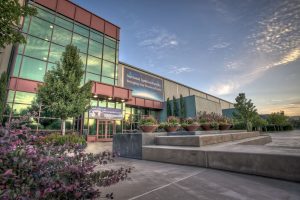
When: Friday March 18th, 2022 at 12 pm
Where: Zoom https://ucsd.zoom.us/j/98005784755?pwd=UDVKb2FxMkNvZlVuNE9OeHZmN2hPZz09
Abstract: Galaxy clusters are filled with hot, diffuse X-ray emitting plasma, with a stochastically tangled and intermittent magnetic field whose energy is close to equipartition with the energy of the turbulent motions. In the cluster cores, the temperatures remain anomalously high compared to what might be expected considering that the radiative cooling time is short relative to the Hubble time. While feedback from the central active galactic nuclei is believed to provide most of the heating, there has been a long debate as to whether conduction of heat from the bulk to the core can help the core to reach the observed temperatures, given the presence of tangled magnetic fields. To address the problem of thermal conduction in a magnetized and turbulent plasma, we have created a replica of such a system at the National Ignition Facility laser, the largest laser laboratory in the world. Our data show a reduction of local heat transport by two orders of magnitude or more. While the diffusive transport of the highest energy charged particles appears to be unaffected by the spatial intermittency of the magnetic field, the diffusion of lower energy electrons is, instead, better described in terms of percolation. This, together with a cooling instability, leads to strong temperature variations on small spatial scales, as also observed in the intergalactic plasma. We conclude the talk describing new Machine Learning techniques that can be used to infer effective transport coefficient from experimental data or simulations.

